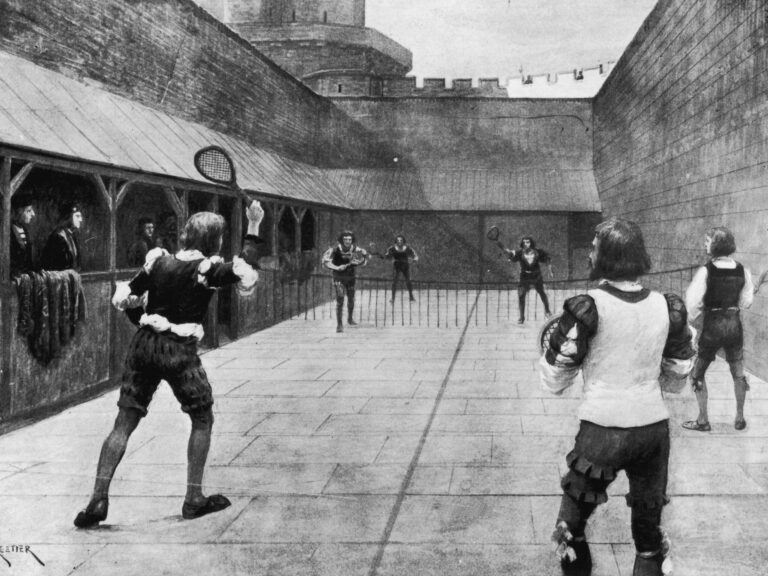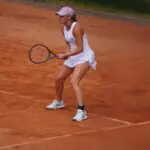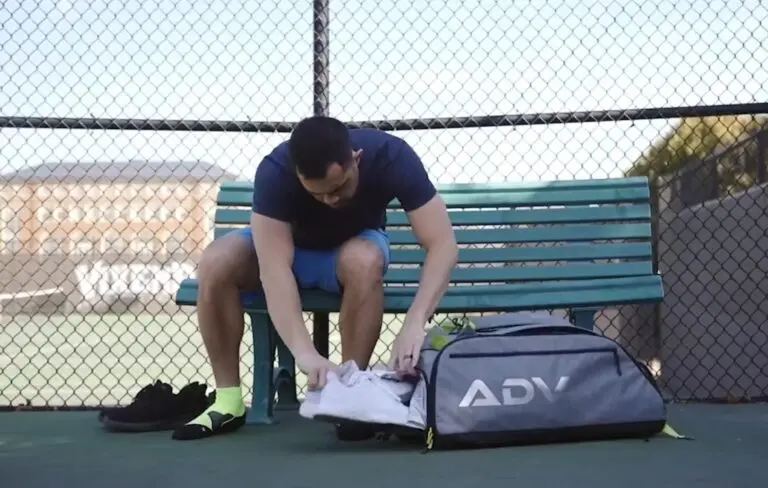You know the rules of tennis, but how much do you know about its origins? Check it with this top list and learn something new…
Tennis – an ancient ‘white’ sport – has been attracting a lot of audience attention for decades, especially at the biggest tournaments such are Grand Slams (Australian Open, Roland-Garros, Wimbledon, and US Open). Until 1968, it was played by both professionals and amateurs, but professional players could not play in amateur tournaments. Everything has changed when the so-called “Open Era” started that exact year (in 1975 for ladies) when it becomes the same for all players.
Since then, tennis has undergone numerous changes and continues to change. Many people know a lot about the modern game, which can be said to be appealing both for playing (87 million people play tennis around the world) and betting (at Bookmaker-Expert.com), but how much is known about the beginnings of tennis? Test yourself…
Origin
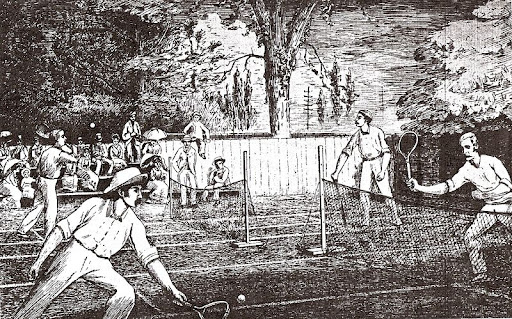
Although the oldest tournament in the world is Wimbledon, it is believed that tennis was not invented in England but in France and that it was played in the royal properties.
According to some records, tennis is the successor of the game of palms (jeu de paume), which was played in the 12th century by passing a ball over a tight rope. First, they hit it with their hands, then with a glove, and only then was the bat introduced, which was the forerunner of today’s racket, which was introduced in the 16th century. In support of this is the fact that tennis begins with the French word “tenez”, or the verb “tenir”, which means to hold.
Some others claim that tennis originated even earlier, in Egypt, and this is supported by the fact that the game was named after the city of Tennis on the banks of the Nile, while the racket was named after the word “rahat”, which means palm in Arabic.
Scoring
The biggest mystery of tennis is scoring in games. It is still not known for sure how the points came to be counted by 15, 30, and 40.
According to some data, this way of scoring represents quarters of an hour because, earlier, clocks measured points in matches. The game ended when the clock hand went full circle. However, it is not known enough how instead of 45 it was decided to be 40, but it was most likely done by spontaneously shortening over time, as it was easier to pronounce 40 (quarante) than 45 (quarante-cinq).
According to the second version, the ‘culprit’ is the forerunner of tennis, i.e. the game of palms, which was played on a court that was 45 feet wide and 2×45 feet long. The rules dictated that the one who served after the first point scored should approach the net by 15 feet, after the second point by as much, i.e. up to 30 feet, and after the third point at 40 instead of 45 feet because he/she would be right next to the net, i.e. would touch it.
Allegedly, the distance they passed was taken as a criterion for scoring.
Service
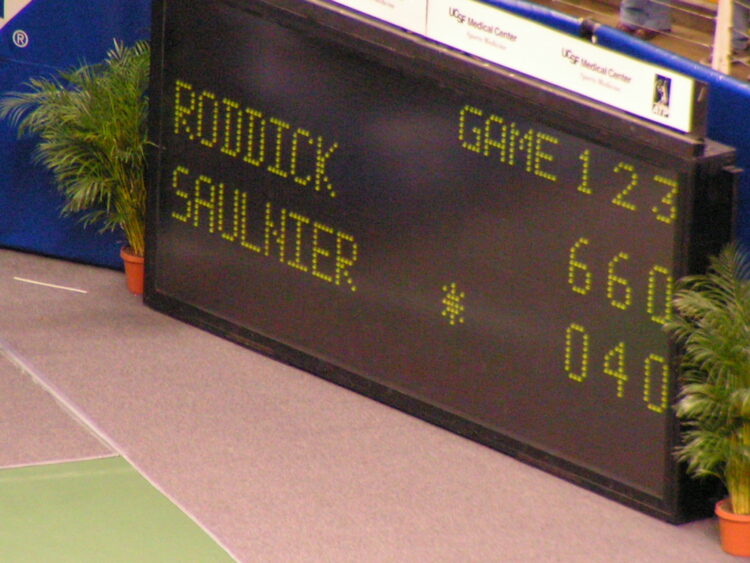
The credit for the service in tennis is attributed to King Henry VIII of England.
According to legend, Henry, who ruled England and Ireland in the 16th century, loved to play a game that was a precursor to tennis but without putting in much effort. Being obese, he allegedly asked his servants to throw balls at him right in front of him and he would just slap them with his hand.
Nothing or “Love”
For zero points, i.e. nothing, the term “love” is used, and as you can see, it spells the same as the word marking the affection. But that does not mean that.
It is most likely taken from the French, from the word “l’œuf” (the egg), which is another symbol for zero, nothing, round number… but there is also a version that “love” comes from the Dutch word “lof” (praise).
A Tie or Deuce
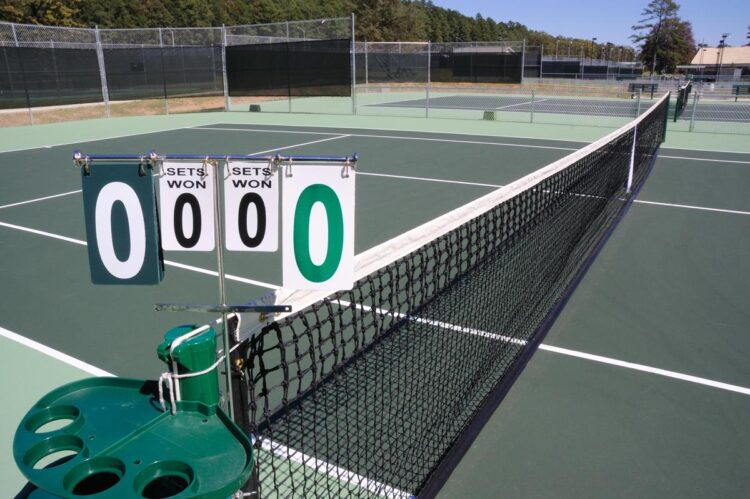
The expression “deuce”, i.e. a tie, at the result of 40-40 is an abbreviated version of the expression “a deux du jeu” which means “two (points) of the game”.
It is said that the abbreviation was introduced by the English.
Balls
White balls have been used in tennis for a long time, while yellow balls were first introduced in 1986 at Wimbledon. According to the regulations of the International Tennis Federation (ITF), the weight of the balls must be between 56 grams and 59.4 grams, and the diameter 6.7 centimeters.
The balls are made of rubber, while the surface is made of special fibers, the so-called felt. It wears out over time, evaporates, which causes hairs on the fabric, which, on its side, reduces wind resistance, speed, and bounce of the ball.
The Court

Initially, tennis courts were in the shape of an hourglass, and rectangular ones, as we know them today, were introduced in 1875. The court on which singles matches are played is 27 feet wide and 78 feet long. The net is three feet and six inches high. The courts on which doubles are played are wider: 36 feet, while their length is the same (78 feet).
Courts can have different surfaces: grass, clay, or hard surface, which is usually made of asphalt or concrete base and covered with a rubber and acrylic layer.
Wimbledon Trophy
At the top of the Wimbledon trophy, which goes into the hands of the winners of this most famous tennis Grand Slam, there is a pineapple.
According to legend, it was placed there in the honor of English sailors who hung pineapples on the gates of their estates after returning from long voyages.
Related:
- 20 Best Tennis Shoes 2024 - Stylish and Athletic
- Top 19 Best Tennis Bags 2024 [Unbiased Reviews]
- 18 Best Tennis Racquets 2024 - Exclusive Reviews &…
- 15 Best Tennis Balls 2024 - USTA and ITF Approved
- 15 Best Tennis Racquet for Beginners & Intermediate…
- Top 16 Best Pickleball Paddle 2024 - Step Up Your Game

